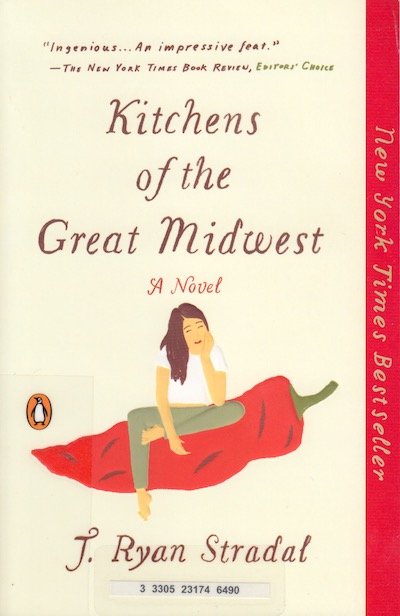I had, perhaps a bit densely, never really thought about mystery novels primarily as books about working until I read Hardboiled & High Heeled. Mysteries had always been books about solving problems, about putting the world in order. That is, until this book pointed out that mysteries were the first stories to show women, working. Not as the love interest, nor primarily looking for a romantic partner. A woman, at work, solving problems.
It focuses mainly on three characters: Clarice Starling from The Silence of the Lambs, Kinsey Millhone, and Kay Scarpetta. Each woman is competent, not interested in relationships (though interested in sex, as most people are), and the primary objective of each of these characters is solving the mystery in front of them before anyone else gets hurt.
Hardboiled & High Heeled is a bit academical, but still readable. If you’re interested in how women are portrayed when they want to read as competent and in charge, this is a good start.









